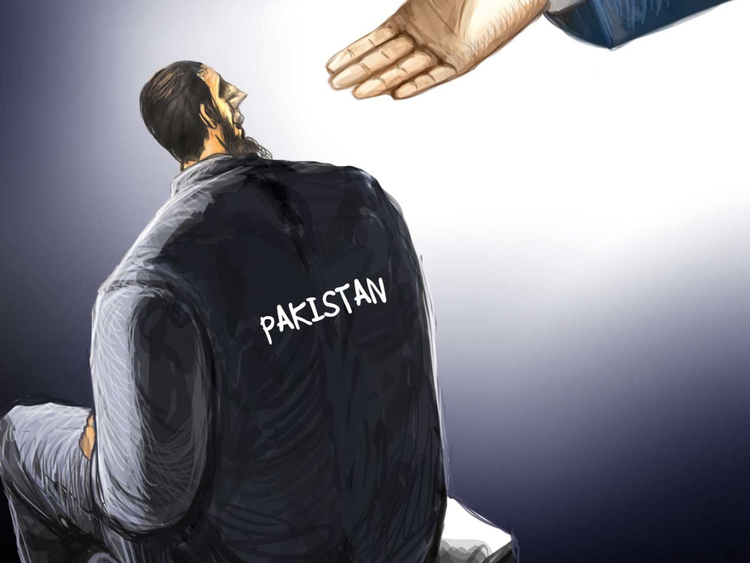Harold Brown, the US defence secretary under President Jimmy Carter, was reported to have described the arms race between the United States and the Soviet Union in these terms: “When we build, they build. And when we don’t build, they build.”
From the US government’s perspective, the state of current relations with Pakistan is remarkably similar: When we support Pakistan, they do things we don’t like; and when we sanction Pakistan, they do things we don’t like.
From the Pakistani perspective, the past would be mostly a narrative of multiple betrayals, featuring a US that gets close to Pakistan for a time, only to cut off aid whenever its leaders see fit. For example, the US armed the mujahideen who fought the Soviets in neighbouring Afghanistan in the 1980s, but then all but abandoned the region soon after the Soviet military exit in 1989. Conveniently missing from this narrative is that it was Pakistan’s development of nuclear weapons in contravention of US law that necessitated the withdrawal of aid.
Much of that US aid was restored in subsequent years. But mutual mistrust remained.
The two countries grew closer again after 9/11, when George W. Bush’s administration delivered an ultimatum to the Pakistani government, telling it to choose between its relationship with the US and its relationship with the Taliban, which had opened up Afghan territory to Al Qaida. Pakistan promised that it would be a partner in the war against terror, and was rewarded in 2004 by being designated a “major non-NATO ally,” which qualified it to receive some of the most advanced military hardware and technology.
Now, however, another American president has come to be frustrated with Pakistan. Rather than delivering the message in private in Washington or Islamabad, Donald Trump opted to go public: “The United States has foolishly given Pakistan more than 33 billion dollars in aid over the last 15 years, and they have given us nothing but lies & deceit, thinking of our leaders as fools. They give safe haven to the terrorists we hunt in Afghanistan, with little help. No more!”
If asked, I would have recommended that such a message be delivered through diplomatic channels, because open, rhetorically charged criticism would make it even more difficult for Pakistan to change its policy course — presumably US officials’ goal — lest it appear to be a client state. And I would have argued against cutting security ties and in favour of linking US support to specific Pakistani actions.
Pakistan has the world’s fastest-growing nuclear arsenal and, as Trump suggested, provides sanctuary to (some factions of) Taliban, who are doing all they can to destabilise Afghanistan.
A more calculated, transactional relationship will not bring the US and Pakistan closer together. In recent years the US has strengthened its ties with India, with much economic and strategic momentum now carrying the relationship forward. Pakistan’s natural partner is increasingly China, which is already investing heavily in Pakistani infrastructure and has become a major source of military equipment.
The US should not, however, drop Pakistan. Bad situations can always get worse. Today, Pakistan is a weak state; tomorrow, it could become a failed one. That would be a regional and global nightmare, given the presence of nuclear weapons and terrorists.
Economic and humanitarian support should thus continue to flow. Limited cooperation in countering terrorism and in Afghanistan might still be possible. To reduce the chance of war, the US should also continue to work with both Indians and Pakistanis to strengthen their relationship.
It might also make sense for Pakistan to become a regular part of the US-China agenda. The US and China are discussing various scenarios on the Korean Peninsula involving their troops, nuclear weapons, and local instability. Talks on how to avoid a crisis involving Pakistan — and how to manage one should prevention fail — are no less urgent.
Richard N. Haass is President of the Council on Foreign Relations. His most recent book, A World in Disarray, has just been published in paperback.








